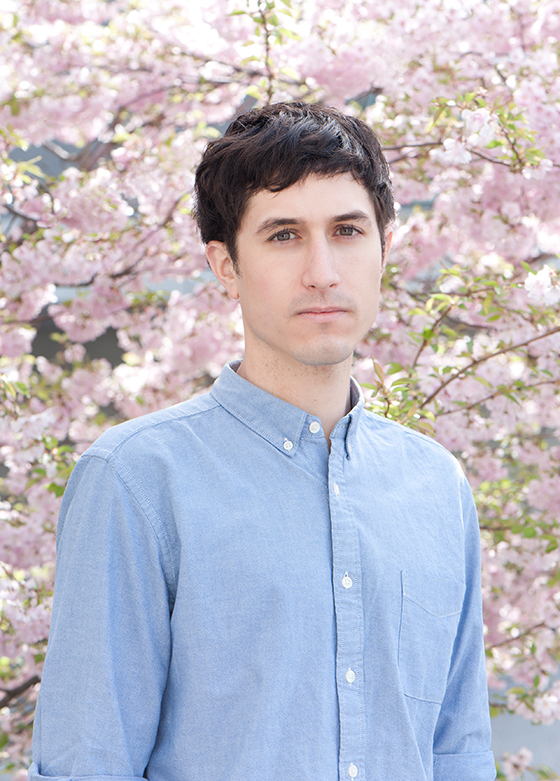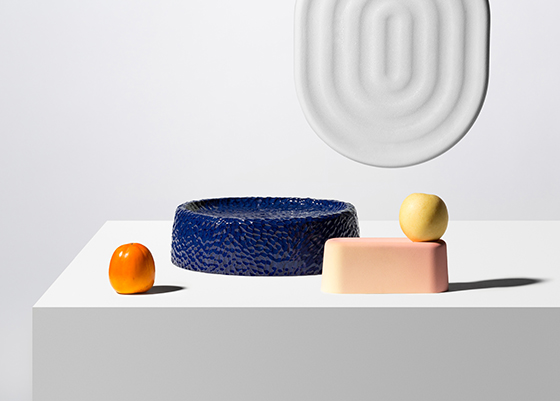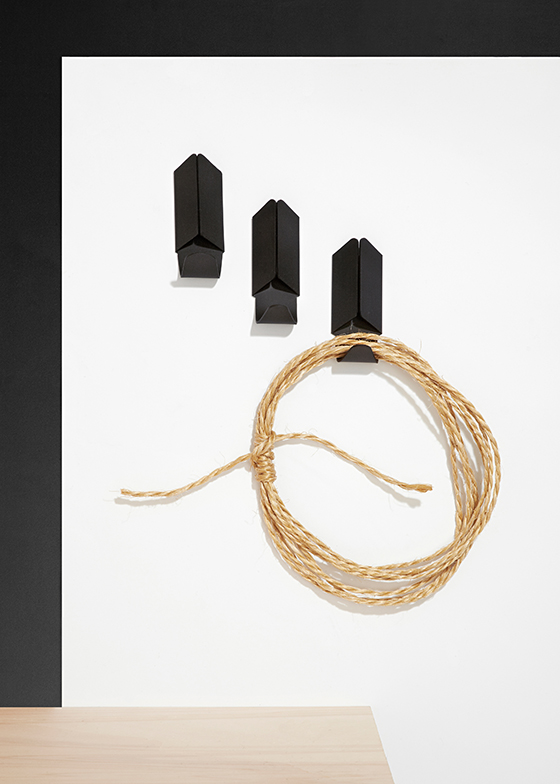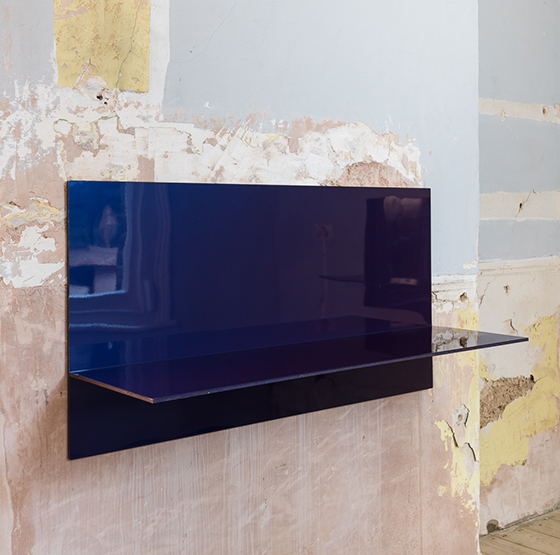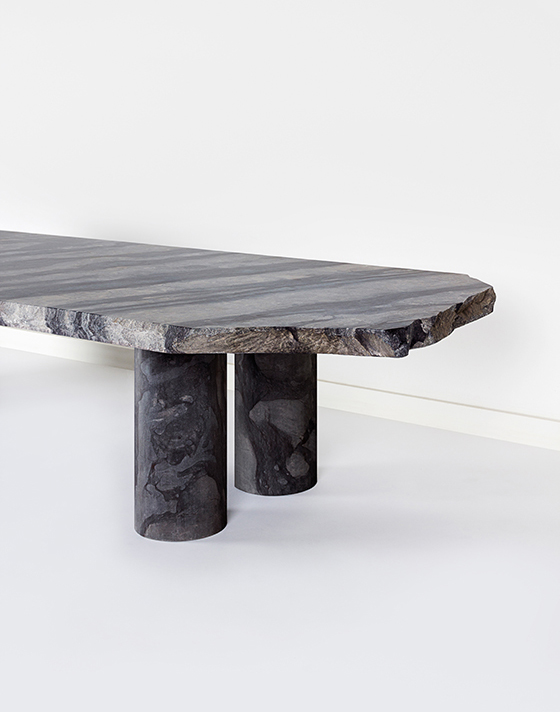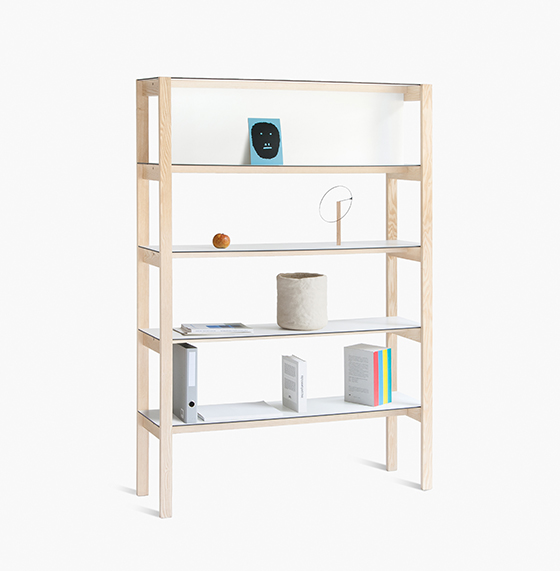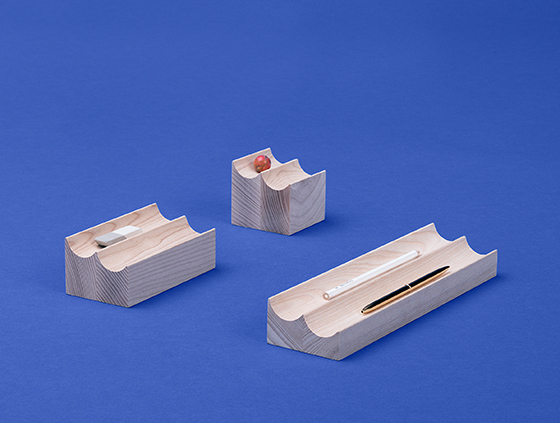Material Tendencies: Dimitri Bähler
Texte par Christian Kuhn
Berlin, Allemagne
03.10.16
Good things come to those who wait. This certainly applies to the process behind Dimitri Bähler's ‘Volumes, Patterns, Textures and Colors’ – a collection of minimalistic bowls, vases and holders, which has just earned the Swiss designer the Grand Prize Interieur Awards 2016.
Architonic caught up with Bähler to discuss the genesis of the project and why ceramic as a material is so interesting to him.
Could you say a few words about ‘Volumes, Patterns, Textures and Colors’, the collection that has recently seen you win the Grand Prize Interieur Awards 2016?
The idea for the project started in 2013 in the Netherlands, during a residency at the EKWC (the European Ceramic Work Centre). I was experimenting with ceramic for the first time and it caught me. I wanted to create big volumes in order to have a surface to create patterns, and in doing so found out this technique with a latex foil that deforms, but at the same time gives form to the volume and the pattern of the piece.
I presented the project for the first time in 2013 in a variation of three different volumes and fifteen patterns. During a later residency at CERCCO, the Experimentation and Research Centre for Contemporary Ceramics in Geneva, I decided to continue with the work and experiment more. I tried out various tools to create more textures - some of them controlled and others more free, leaving a part to the unexpected. ‘Volumes, Patterns, Textures and Colors’ is the result of this process.
Where does this passion for ceramics come from?
It is more about the process and the experimental side that I like when working with the material. Ceramic needs a lot of attention, like cooking. You cannot just leave it and store it for a while. Ceramic is a bit like plastic. When you do plastic injections you can create any shape you want. With ceramic, it’s almost a living material. You can form or cast it. You can carry out almost all of the process with just one material. This is very interesting to me.
Which material would you choose if you had to restrict yourself to working with just one for the next three years? And why?
I think I would choose paper, because it’s really easy to work with. It’s a very basic material. Paper has an inner beauty also because of it’s 3D sketch properties. You can nearly do everything with the material. It is almost a way of thinking.
At what point within the design process do you decide in favour of a specific material? What comes first – the shape or the choice of material?
It really depends on the project. Sometimes you are limited in the choice of material and then you have to find a way to work with what you have. Quite often it starts with me being surprised or even obsessed by an effect that a material has. For instance, I’ve been working for three years with carbon profiles because I love their flexibility. But design is for me a mix of everything. You have to be attracted by the material on a visual and a tactile level, but also by shape as well. I can’t say whether I always start with the shape or the material.
Is there a material with which you don’t have quite so much experience, but would like to explore a bit further? Maybe for your next project?
Wood, in a more elaborate way than before. I would like to develop something more complex. Maybe lamps for instance or even a wooden chair. I’ve also some experience of working with stone, but would like more opportunities to explore it.
UU for HAY (2014) - Collaboration with Linn Kandel and Ismaël Studer.
